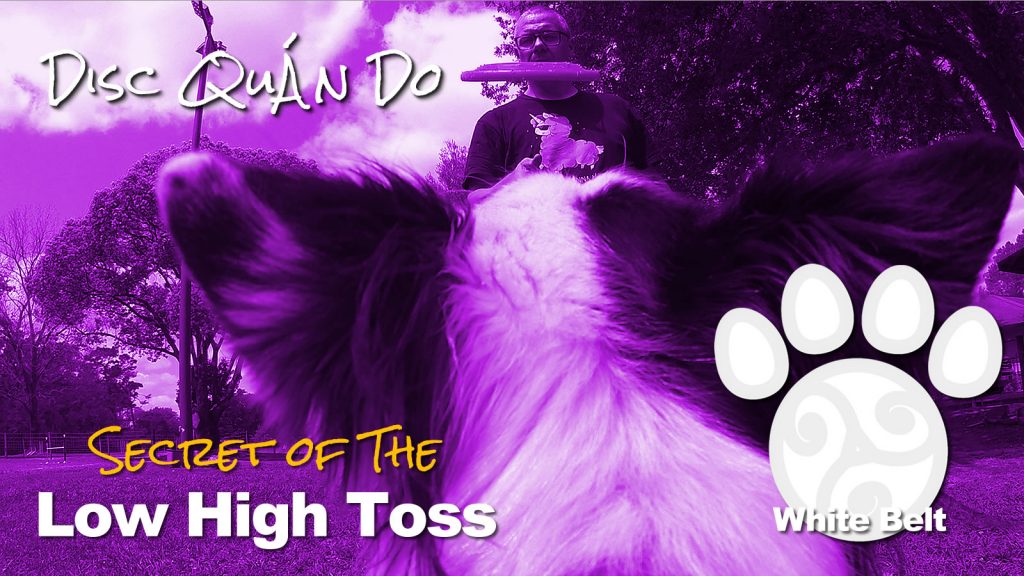
Functional Movement Requires Knowledge and Intent
Tuesday Afternoon’s Disc Quan Do class was super productive with Oleg from St. Petersburg, Russia. We had a great session revisiting video of him and his young mountain dog, Evi doing some Yellow Belt forms. He did a great job mechanically, putting together the Balanced PositionIn the Play+ philosophy, “Position” is the final stage within the “Next” phase of a Cycle of Play. It acts as a pivotal link between the “Next” phase and a new “Now” phase. More Form in his first training session – no mean feat – that’s a tough form for experienced players. It was a bit clunky and not very beautiful, but he totally handled his dog and accomplished a rather tough, complex form.
The main reason his expression of the form wasn’t aesthetically pleasing and beautiful was that he was so engrossed in the task at hand that he moved like he was stuck in the mud. This is a common problem with disc doggers of all experience levels – it is easy to get engrossed in what you are doing and wind up late to the party and get beaten to the punch.
The Low High Form and Stance Shifting Forms are great solutions to this problem. Just experiencing them a few times can make handling a raging frizbeast in front of you a much simpler process, but like most Disc Quan Do Forms, they are about much more than making the throw and shifting your stance which is what it looks like at first glance.
Intending to Move – Make the Move from Reactive Handler to Responsive Dog
I’ve covered this several times in several places here on the blog. But it really can’t be stressed enough. Intend to move as soon as you are done making the throw and make that happen and you will be faster than your dog – that’s a fact.
The problem handlers have is that they sit on their heels after the throw and hold their breath as they watch to see if their dog is going to make the catch. After the catch is made, the handler comes to their senses, but is already late to the party as the dog is already ready for next.
This situation creates a reactive handler as the Handler reacts to the dog’s movement after the catch which is too late. A reaction is unintentional, it means something happened to us. The outcome is entirely unclear, it depends on split second reaction time and a little bit of luck.
A reactive disc dog handler is often at the mercy of a raging frizbeast.
When the handler makes the throw and intends to move and starts to move as soon as the disc has left the hand, the handler beats the dog to the punch and the dog is late to the party. If the handler moves thoughtfully and with practiced purpose, hitting a pose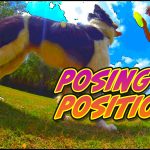 Posing is a communication tool for throwing discs to dogs (or people). A pose is a frozen moment of a throw; a key moment of the backswing perhaps, or a flashy presentation of… More, perhaps, then the dog has to respond to the handler. I say “respond” because the handler is thoughtfully performing a well practiced movement, and is in position well before the dog is even ready. The dog shifts focus from the catch and the handler is standing their in position simply waiting for the dog like normal – everyone knows what to do. The dog responds to the handler.
Posing is a communication tool for throwing discs to dogs (or people). A pose is a frozen moment of a throw; a key moment of the backswing perhaps, or a flashy presentation of… More, perhaps, then the dog has to respond to the handler. I say “respond” because the handler is thoughtfully performing a well practiced movement, and is in position well before the dog is even ready. The dog shifts focus from the catch and the handler is standing their in position simply waiting for the dog like normal – everyone knows what to do. The dog responds to the handler.
If the handler does not intend to move efficiently and waits until the dog has made the catch then the dog will have to react to a reactive handler – a handler that is trying to rush and make up for lost time. That means we have both a reactive dog and reactive handler. Talk about a recipe for disaster…
Speed is More About Knowledge and Intent Than Reflexes and Athleticism
Athletically speaking, I was yawning through those movements in this video, I’m moving intentionally slow to make my point to Oleg. It is not athleticism and reflexes that make you fast. It’s knowledge and intent. All I’m doing is shifting my feet and grabbing a disc. The slowest of us can make that happen in 1/2 a second with a bit of practice.
All those super awesome freestylers and game players that you see and want to play like? How many of them look spastic? How many even look fast? Most all of them look smooth. Like they didn’t really even move. That’s because they didn’t really even move – all they did was switch their stance, load a disc, and bend over or lift their leg.
Elite players are fast because they move efficiently. They don’t waste time watching the dog or waiting for the catch. As soon as their job is done delivering the disc, they’re moving on to the next thing. It’s as simple as that.
Do These Forms and Focus on Functional Movement
Working these forms creates muscle memory, a performance history, and the experience of moving efficiently. Once those things are established you can stop thinking about your movement while you are working your dog.
If you have to think and move while you are busy working your dog you are not going to learn how to move better. You will practice slow, erratic, reactive movement. Your dog will not get experience with a clean, smooth, and competent handler. You will reinforce herky-jerky, reactive play. You will reinforce frustration for dog, handler, and team. The experience will not lead to improved performance, good dog training, or learning. Spend some time and put some focus on functional movement without the dog and you won’t be sorry.
If you're not having fun, what are you doing?

Get Access to Classes and Support Our Work
All of our Patrons at the Cup of Joe ($5/mo) tier and above get access to Disc Quan Do class and are able to attend our weekly (Tues/Fri) Zoom Digital Dojo training sessions.
Higher tier levels get access to all online classes.





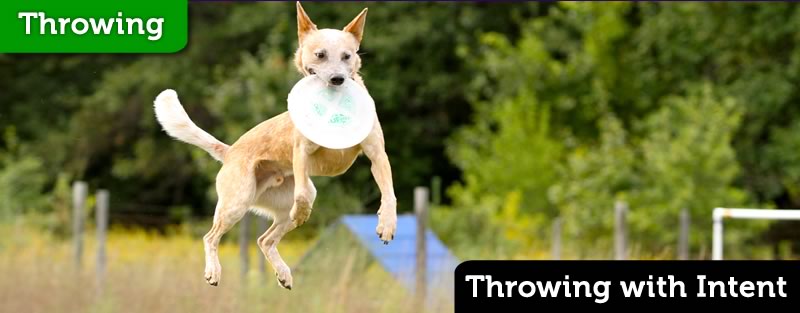
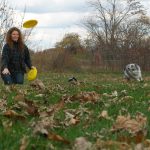
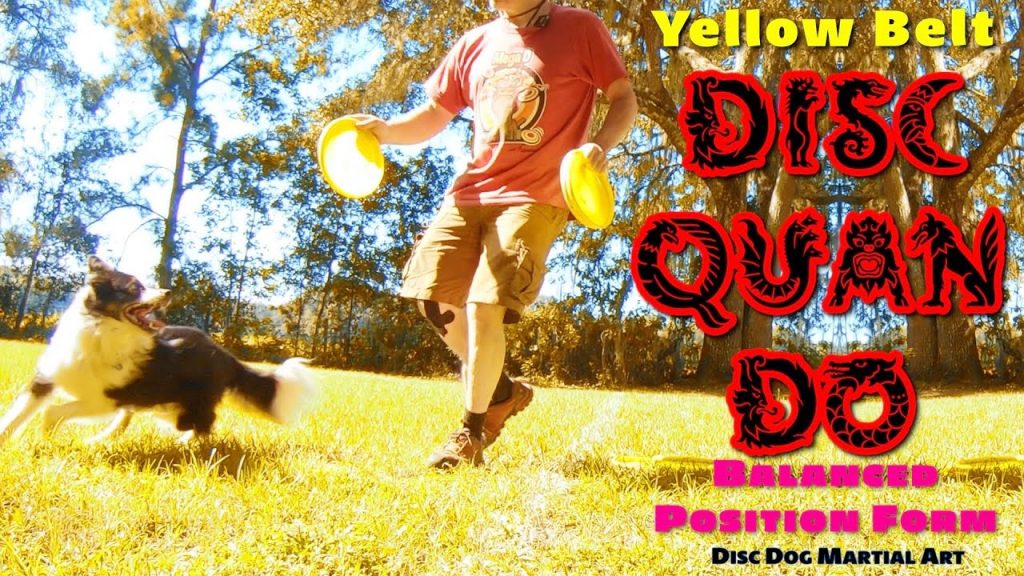


Responses